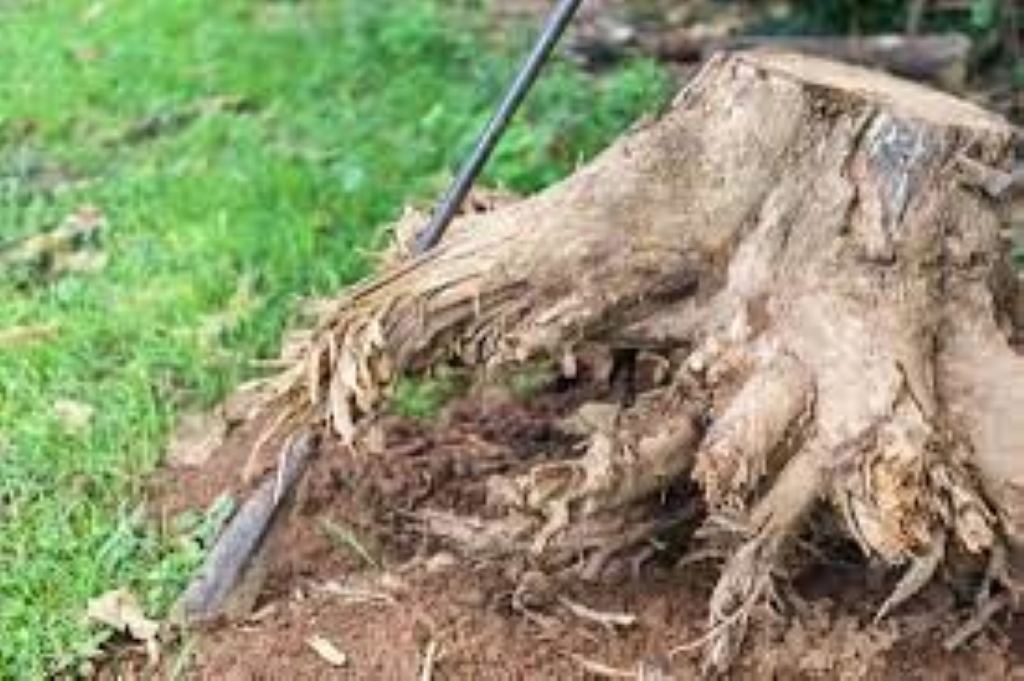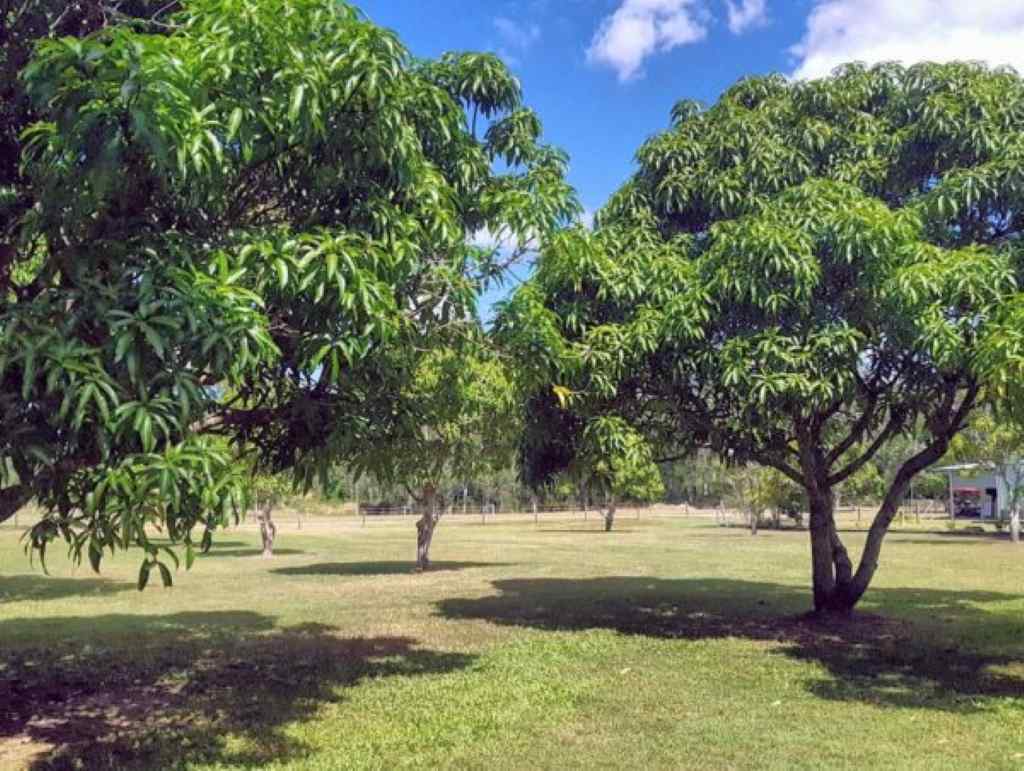Grow Fruit Trees in Florida
Because of Florida’s different temperatures and soil conditions, growing fruit trees brings a distinct mix of challenges and opportunities. Understanding how to grow fruit trees effectively in Florida is critical for establishing a thriving orchard, whether you’re a seasoned gardener or a newbie enthusiast. In this detailed guide, we’ll look at the most important procedures and best practices for cultivating fruit trees in Florida. From variety selection to planting and maintenance advice, we’ll give you essential insights to help you succeed. Whether you’re hoping to enjoy homegrown citrus fruits, tropical delights, or classic favorites like peaches and apples, this book will provide you with the information and tools needed to nurture healthy and productive fruit trees in Florida.
How to grow fruit trees in Florida?
Understanding Florida’s Climate
Florida’s climate is defined by subtropical and tropical conditions, which provide both benefits and challenges for fruit tree growth. Florida’s long, hot summers and moderate winters make it a great climate for a variety of fruit trees to grow. However, the state’s environment can be unpredictable, with the possibility of frosts and hurricanes threatening fruit tree health. Understanding Florida’s spaces is critical for successful fruit tree production since it effects issues such as tree selection, planting time, and care techniques. Gardeners may make informed judgments about the growth and productivity of their fruit trees by understanding the subtleties of Florida’s weather patterns.With appropriate planning and care, fruit tree aficionados may maximize the potential of Florida’s climate, resulting in abundant harvests year after year.
Preparing for Planting
Proper preparation is required before planting fruit trees in Florida to promote maximum growth and yield. Begin by choosing an appropriate place that receives plenty of sunlight and has well-drained, fertile soil. Conduct a soil test to determine the pH and nutrient content, then make any necessary changes to produce an ideal growing environment for fruit trees.
Next, select fruit tree varieties that are well-suited to the Florida climate and soil conditions. When making your choices, think about things like chilling requirements, disease resistance, and fruit quality.
Dig twice as broad and slightly deeper as the tree’s root ball to prepare the planting spot. To increase the soil’s structure and fertility, add organic matter like compost or aged manure
Before planting, immerse the tree’s roots in water for several hours to ensure they are properly hydrated. Then, carefully insert the tree in the centre of the hole, ensuring that the roots are spread out and not crowded.
Backfill the hole with dirt, gently firming it around the roots to remove air pockets. Water the newly planted tree thoroughly to help settle the soil and promote root growth. Finally, mulch around the tree’s base to conserve moisture and prevent weed growth. With thorough preparation, your fruit trees will have the best possible start for healthy growth and abundant harvests.
Caring for Fruit Trees
Fruit trees in Florida need to be maintained regularly to ensure their health and yield. Pruning is necessary to eliminate dead or diseased branches, increase air circulation, and encourage fruit development. To reduce tree stress, prune during the dormant season. Watering regularly is essential, especially during dry spells, to avoid drought stress and encourage healthy growth. To foster deep root development, water deeply but infrequently. Fertilize fruit plants regularly with a balanced fertilizer designed specifically for fruit trees, as directed by the manufacturer. Fertilize in the early spring before new growth begins, then again in late spring or early summer. Check fruit trees for pests and illnesses like aphids, scale insects, and fungal infections. Control pests and illnesses quickly with integrated pest control strategies, which may use cultural, biological, and chemical methods as needed. Harvest fruit when it is ripe to avoid overripening and rotting, and then enjoy the wonderful results of your labor!
Related Posts:
Pest and Disease Management
Pest and disease management is critical for keeping Florida’s fruit trees healthy and productive. Regular monitoring is critical for recognizing any difficulties early on. Common pests include aphids, scale insects, and mites, as well as fungal diseases like powdery mildew and citrus canker.
Implement cultural actions to lessen insect and disease pressure, such as clearing debris near trees and ensuring good hygiene. Pruning trees on a regular basis helps to enhance air circulation and eliminate diseased branches.
Consider employing biological control strategies, such as introducing beneficial insects or applying microbial agents, to organically manage pests and diseases. In severe circumstances, chemical control measures may be required. When using pesticides, always follow label directions and apply them sparingly to avoid harm to beneficial creatures and the environment.
Harvesting Fruit
Harvesting fruit from your Florida trees is a pleasant activity that demands precise timing and attention to detail. The best time to harvest fruit varies according to the type of fruit and its ripening qualities. Color and hardness are good markers of ripeness in citrus fruits like oranges and grapefruits. Harvest them after they have reached their unique colour and prepare firm to the touch. Stone fruits, such as peaches and plums, should be plucked when fully ripe but still hard to prevent bruising during handling. They should be easy to remove from the tree with a gentle twist. Mangoes are best harvested when they have reached their peak color and aroma and yield slightly under gentle pressure. Harvested fruit should be handled carefully to avoid damage and stored properly to maintain freshness. Enjoy the rewards of your labor!
FAQS
1. When is it best to plant fruit trees in Florida?
The optimum time to plant fruit trees in Florida is often in the early spring or fall, when the weather is warm and the trees have time to establish their roots before harsh temperatures arrive.
2. How frequently should fruit trees be watered?
Fruit trees in Florida typically require constant watering, particularly during dry spells. To promote good tree development and fruit production, the soil must remain continuously moist but not waterlogged.
3. What are the most prevalent pests and diseases that threaten fruit plants in Florida?
Citrus greening, citrus canker, scale insects, and fungal diseases such as powdery mildew are some of the most common pests and illnesses that plague Florida fruit trees.
4. How can I keep my fruit trees safe from frost damage in Florida?
To protect fruit trees from frost damage in Florida, cover them with frost cloth or blankets on cold nights, or use frost-prevention sprays. Furthermore, planting trees in protected areas and applying proper mulching might help reduce frost damage.
5. What are some good fruit tree kinds for Florida?
Citrus trees like oranges, grapefruits, and lemons, as well as tropical fruits like mangoes, avocados, and guavas, are ideal for Florida. It is critical to select types that are well adapted to the local climate and soil conditions.
Conclusion
Finally, cultivating fruit trees in Florida may be a pleasant experience, producing an abundance of fresh, delicious fruit for you and your family to enjoy. Understanding Florida’s particular climate, correctly preparing the soil, and providing suitable care will enable you to effectively develop robust fruit trees that flourish in this environment. Remember to select fruit tree varieties that are well-suited to Florida’s climate and soil conditions, and to plant them in an area with ample sunlight and drainage. Regular watering, fertilization, and pest control are all necessary to keep your fruit trees healthy and promote optimal growth and fruit production. By following the best practices suggested in this guide and remaining attentive to potential pests and illnesses, you may build a successful orchard.







